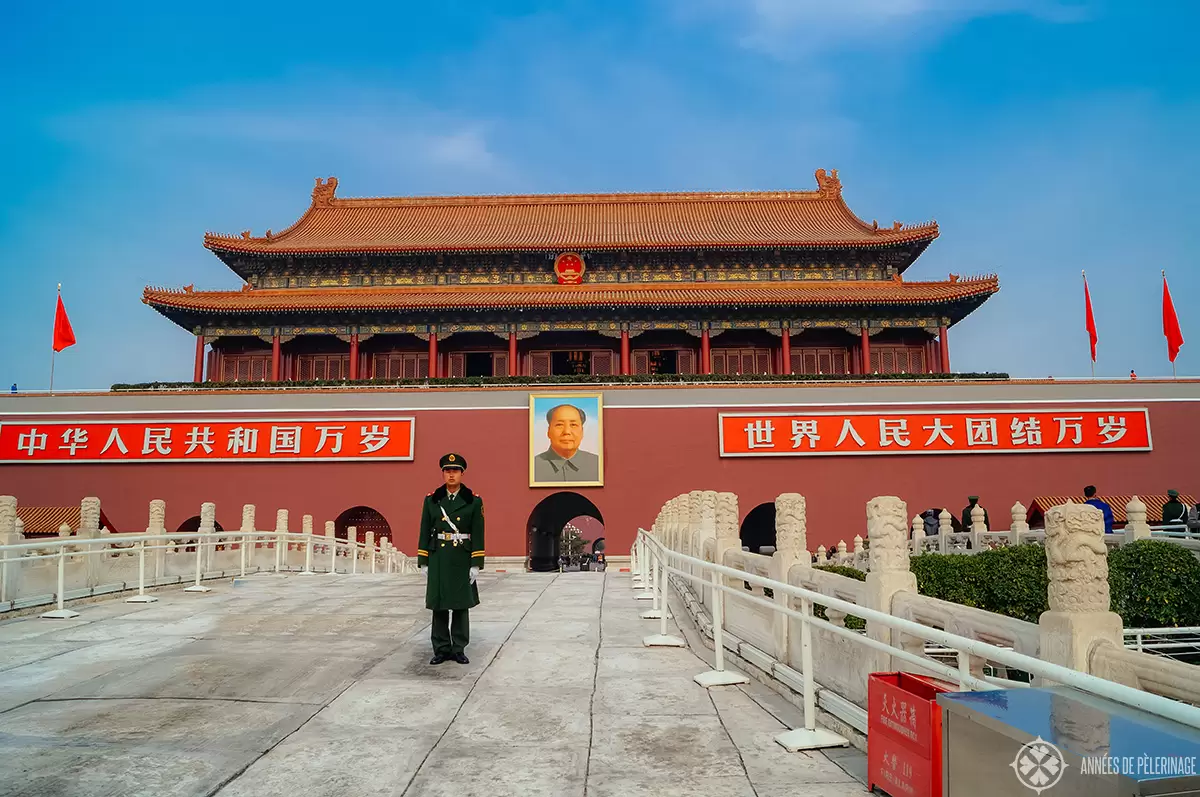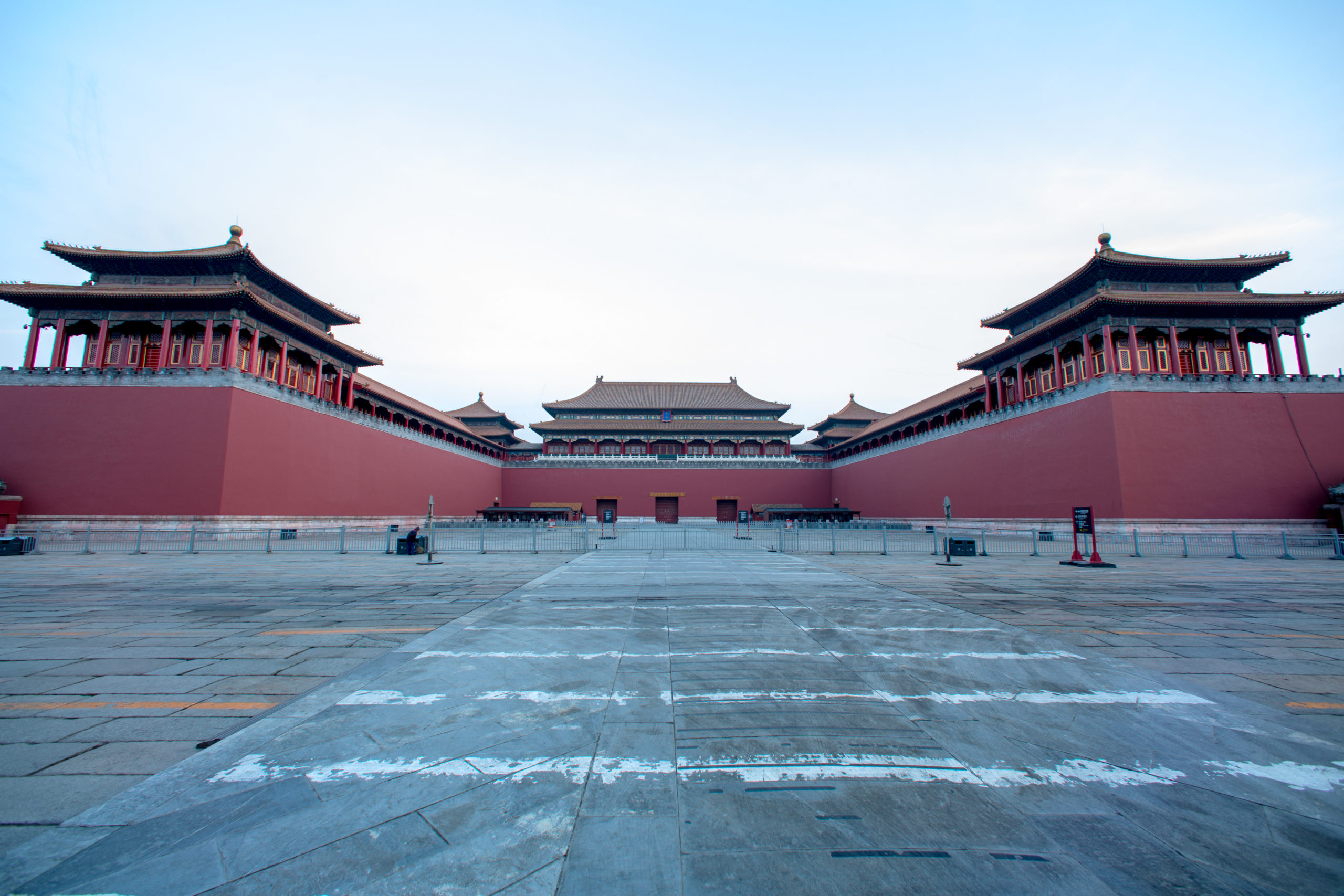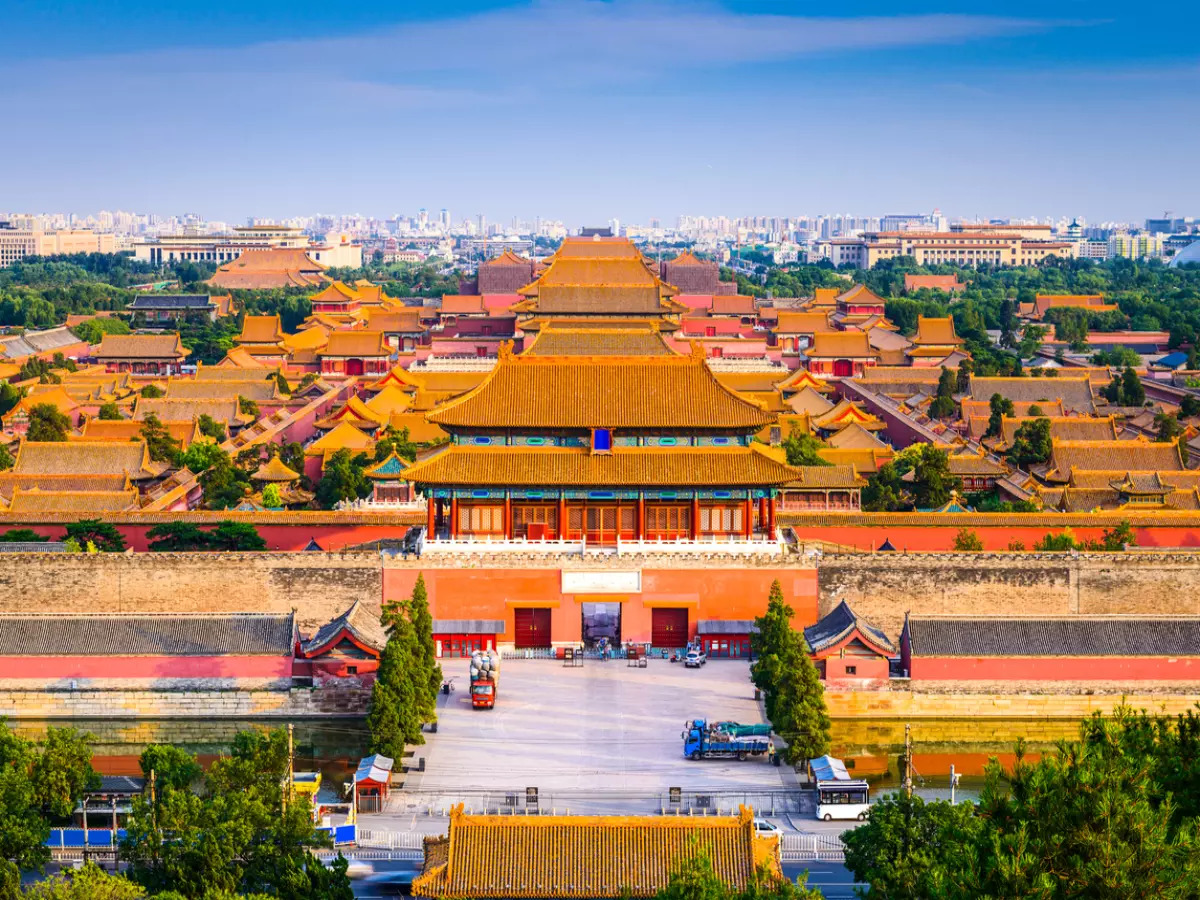Here at jusha.travel, we love sharing tips to make your China journey unforgettable! And few places capture the heart of China’s imperial past quite like the magnificent Forbidden City. As one of the most iconic Beijing historical landmarks, this sprawling palace complex in the heart of the capital offers an unparalleled glimpse into China imperial history. If you’re planning a trip to the Middle Kingdom, understanding the Forbidden City’s allure is essential for any comprehensive Beijing travel guide. Join us as we unveil its secrets, explore its grandeur, and discover why it remains a jewel among China heritage tours and a must-see among cultural attractions Beijing.
Get ready to journey back in time, wandering through the courtyards and halls that once housed emperors, concubines, and eunuchs, and where the most pivotal decisions of a vast empire were made. The Forbidden City isn’t just a collection of buildings; it’s a living testament to a bygone era, full of power, ambition, and intrigue.
 Origins and the Emperor’s Grand Vision
Origins and the Emperor’s Grand Vision
The story of the Forbidden City begins with an emperor’s ambition. Commissioned by the Yongle Emperor (Zhu Di), who dramatically seized power in 1402 and decided to move the capital from Nandrecord to solidify his new reign in Beijing, this colossal undertaking began in 1406. It took a staggering fourteen years to complete, involving more than a million workers and an unimaginable logistical feat. Imagine the scale of transporting enormous timber beams from the jungles of southwestern China, white marble from distant quarries, and specially baked “golden bricks” for the palace floors – all without modern machinery!
The design of what we now lovingly refer to as the Beijing Forbidden City was rooted deeply in Confucian ideals and cosmic symbolism. Every detail was meticulously planned to reinforce imperial power and social hierarchy. The architecture strictly followed the *Yingzao fashi* (“Treatise on Architectural Methods or State Building Standards”), an ancient manual that dictated the status and function of each building based on strict social ranks. This wasn’t merely a palace; it was a physical manifestation of the emperor’s divine mandate, his place at the center of the universe.
 Architectural Grandeur and Cosmic Symbolism
Architectural Grandeur and Cosmic Symbolism
The Forbidden City stands as a marvel of ancient Chinese architecture, particularly for its unique construction. It is recognized as the largest and most complete ancient wooden structure complex in the world, encompassing 980 preserved buildings spread over 720,000 square meters. Its sheer scale and intricate design are breathtaking.
Key architectural features that make it so distinctive include:
- Axial Symmetry: The main halls and gates are aligned along a strict north-south axis. This wasn’t arbitrary; it symbolized the emperor’s role as the earthly pivot between Heaven and humankind. The entire layout aligns with the North Star (Polaris), which was regarded as the seat of heavenly power.
- Wooden Construction Without Nails: A hallmark of traditional Chinese construction, high-quality wooden beams and columns interlock ingeniously, often without the need for metal fasteners. This speaks to an incredible level of carpentry skill and understanding of structural engineering.
- Hierarchical Layout: Every building’s design and placement reflected the occupant’s rank. This was visually communicated through elements like the style of the roofs, the number of ceramic animals (known as roof guardians) lining the eaves, and elaborate decorative motifs.
This grandeur was meticulously crafted to awe visitors and reinforce the emperor’s divine mandate, truly setting it apart from many Western royal palaces where overt opulence often takes precedence over such profound cosmological symbolism. It’s a key reason why it’s considered a prime example of China heritage tours and a significant stop on any Beijing travel guide.
 Imperial Life and Intrigue: Secrets Behind the Red Walls
Imperial Life and Intrigue: Secrets Behind the Red Walls
Within its formidable red walls, the Beijing Forbidden City was a self-contained micro-city, brimming with life and, often, dark secrets. It served as the residence for emperors of both the Ming and Qing dynasties for nearly 500 years, from 1420 to 1912. Beyond being a home, it was the nerve center of the empire—where grand ceremonial rituals unfolded, crucial state meetings were held, intellectual pursuits flourished, and religious observances were meticulously carried out. Yet, behind the public splendor, life was cloistered, strictly hierarchical, and frequently fraught with tension and intrigue.
Daily existence was governed by a strict hierarchy and distinct roles, where separation and protocol dictated who could enter specific areas. The inner quarters, largely inhabited by women of the imperial family—consorts, concubines, and their attendants—were notorious for intense rivalry and power struggles. These women vied for the emperor’s favor and influence, leading to allegations of jealousies, vendettas, and even secret murders. This aspect of the Forbidden City’s past makes for fascinating, if sometimes chilling, insight into China imperial history.
Indeed, these internal dynamics were so infamous that even after the Qing dynasty’s fall, Communist leader Mao Zedong refused to reside within its walls, associating it with decadence, intrigue, and bloodshed. Understanding this human element adds another layer to experiencing cultural attractions Beijing. (To read more about the intriguing life within, click here)
 Dynastic Transitions and Enduring Legacy
Dynastic Transitions and Enduring Legacy
The Forbidden City remained the undisputed seat of Ming power from 1420 until 1644 when rebel forces led by Li Zicheng briefly took it, marking the dramatic collapse of the Ming Dynasty. Soon after, the victorious Manchus entered, establishing the Qing Dynasty and continuing the Forbidden City’s imperial legacy. Under the Qing, several symbolic changes were introduced:
- Building names were subtly altered to emphasize “harmony” over “supremacy,” reflecting a shift in imperial ideology.
- Signboards became bilingual, written in both Chinese and Manchu.
- Shamanistic religious elements were incorporated into court rituals, blending Manchu traditions with existing imperial customs.
The palace continued to serve as the imperial seat until the last emperor, Puyi, was expelled in 1924, signaling the definitive end of imperial China. Today, the Beijing Forbidden City is no longer a restricted imperial residence but a public museum—the Palace Museum. It was declared a UNESCO World Heritage Site in 1987, recognized globally for its historical significance and architectural achievement as the world’s largest collection of ancient wooden structures. It serves as a monumental archive of China imperial history, showcasing invaluable imperial collections, art, and artifacts, and attracting millions of visitors annually.
Renovations and preservation efforts are ongoing, ensuring that this magnificent site remains a living symbol of China’s rich imperial past and cultural grandeur. Its story is one of power, tradition, architectural genius, and enduring mystique, making it a cornerstone of any meaningful Beijing historical landmarks and a profound insight into China’s past. From its imposing gates to its intricately decorated halls, this monumental site offers an unforgettable journey into the heart of imperial China.
We hope this glimpse into the Forbidden City has sparked your wanderlust! For more in-depth articles, practical travel tips, and exciting itineraries that help you uncover the magic of China, explore the rest of our content here on jusha.travel. Have you visited the Forbidden City? Share your favorite memories or questions in the comments below!

